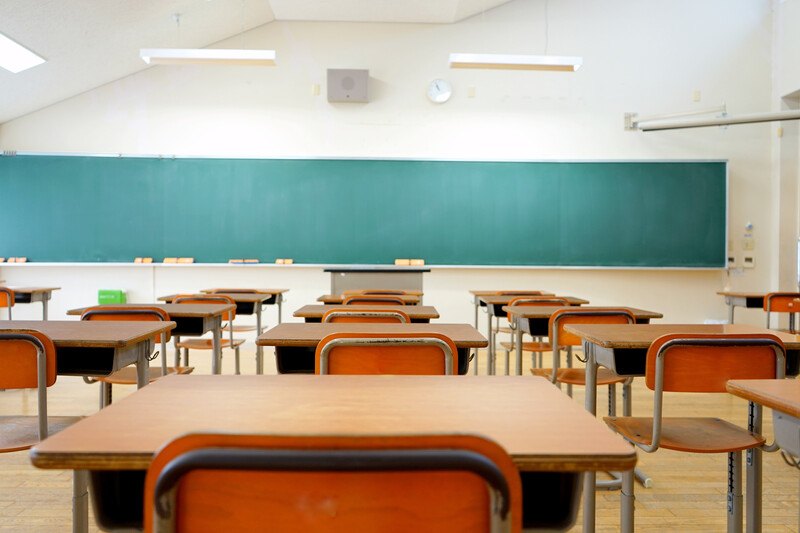Approximately one-third of all high school students in the United States fail to graduate. For blacks and Hispanics, the rate rises to 50 percent. Why are students dropping out in droves? No one knows better than the students themselves.
A recent study by Civic Enterprises for the Bill and Melinda Gates Foundation examined the views of diverse youth, ages 16–25, who had failed to complete high school. The Silent Epidemic: Perspectives of High School Dropouts lists students' reasons for leaving school and suggests actions that schools, states, and the federal government can take.
The Top Five
The dropouts in the study identified five major reasons for leaving school. They were bored with school (47 percent); had missed too many days and could not catch up (43 percent); spent time with people who were not interested in school (42 percent); had too much freedom and not enough rules in their lives (38 percent); and were failing (35 percent).
A majority of students said that they were not motivated to work hard, but that they would have worked harder had their teachers demanded more. Seventy percent believed that they could have graduated if they had tried.
Many students gave personal reasons for leaving school, which included the need to get a job, parenthood, or having to care for family members. Nearly half (45 percent) noted that earlier schooling had poorly prepared them for high school.
Close to three-quarters of the students (71 percent) indicated that they started becoming disinterested in high school as early as 9th and 10th grades. Students noted that they would often go to school late, take long lunches, or skip classes or school entirely. Parents didn't oversee their child's attendance. Only one-fifth of parents were “very” involved in their child's schooling. Many were involved for discipline—and not instructional—purposes.
Most students expressed regret for having dropped out of school. Eighty-one percent said that graduating from high school was important to success in life. Seventy-four percent said that if they could relive the experience, they would have stayed in school.
What Could Help
- Make school more engaging through real-world, experiential learning. Students want to see the connection between school and work.
- Improve instruction and supports for struggling learners. These include better teachers, smaller classes, more individualized instruction, more tutoring, and extra time with teachers.
- Improve school climate. A majority of students believed that schools need greater supervision and classroom discipline. More than half said schools should do more to protect students from violence.
- Ensure that students have a relationship with at least one adult in the school. Only 56 percent of students said that they could go to a staff person for help with school problems; only 41 percent said that they could talk to an adult in school about personal problems.
- Improve communication between parents and schools. Fewer than half of students said that their schools contacted them or their parents when they were absent or had dropped out.
Next Steps
The report suggests a multipronged approach to dealing with the dropout epidemic. Schools and communities should promote experiential learning, smaller learning communities, and alternative schools. They should strengthen communication with parents to ensure that students come to school. Schools also need to develop districtwide early-warning systems—tracking absenteeism, for example—to identify students at risk of dropping out and provide more supports.
States should raise the legal dropout age to 18 and develop data systems that accurately reflect graduation and dropout rates. The federal government should review the Current Population Survey and other data it collects to ensure its accuracy. In addition, it should provide incentives under No Child Left Behind for schools to raise test scores and graduation rates. Finally, the government needs to evaluate dropout prevention programs and help disseminate best practices.
The report suggests that a transformation is required in the way we view dropouts. We should see dropouts “not as problems to be solved, but as potential to be fulfilled.”



